IT structures across organizations are bound to get complicated one way or another. If you’ve been in business for at least a decade, chances are you’ve acquired a complex, layered system of technology that’s a hodge-podge of old and new. This complexity brings new challenges for infrastructure monitoring.
It goes without saying that any enterprise needs effective IT infrastructure monitoring. But when technology is evolving at the pace it is, things can get difficult. Even if you have a dedicated team along with a reliable monitoring tool, you have to tackle some challenges head-on. Otherwise, it will just create more room for issues.
Top Infrastructure Monitoring Challenges and Their Solutions
This post will focus on identifying the problems that may occur and how to resolve them. You have to take a proactive approach at times; after all, that’s what monitoring is all about in the first place. Here are some of the most common challenges enterprises, in general, and IT teams, in particular, have to deal with when it comes to monitoring:
1. Too Big to Monitor
The most common issue with infrastructure monitoring is the growing volume of the devices and networks to monitor. As the organization grows, so does its infrastructure. Keeping track of what devices and apps make up the IT ecosystem of the organization is a challenge in itself. But on top of that, monitoring each of them makes it even more laborious.
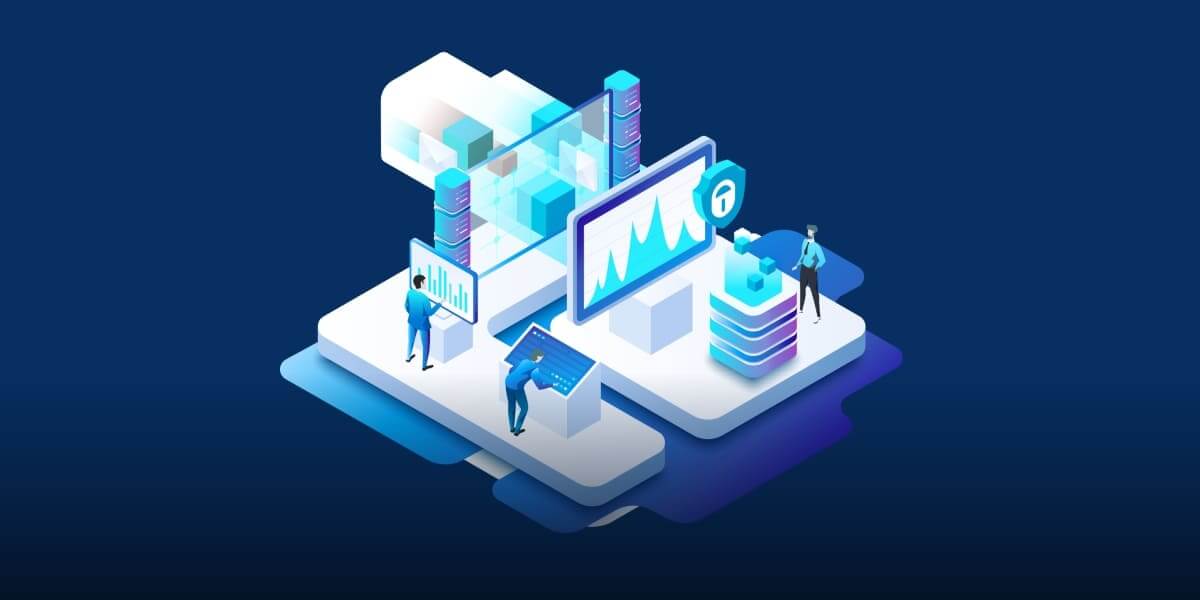
If the monitoring tool or team is unable to get true performance monitoring, you might as well stop monitoring at all. With this complexity, it can get harder to evaluate the true performance and identify problems before they get bigger.
To further aggravate this issue, many enterprises have distributed systems across the world. IT teams responsible for monitoring infrastructure may have to deal with code, server, and service issues remotely, too.
Solution: The growing infrastructure demands scalable monitoring software. You need a solution that can trace and monitor services end-to-end and aggregate all the data from all sources into a central console. This essentially means that you need a monitoring software that has several different specific monitoring tools within, all of which come together to create the big picture.
2. Legacy Monitoring Tools Are Not Efficient
A rising issue for monitoring teams in many organizations is that the monitoring tools they are using cannot deal with growing infrastructure or the new kinds of technologies constantly being introduced in the IT ecosystem.
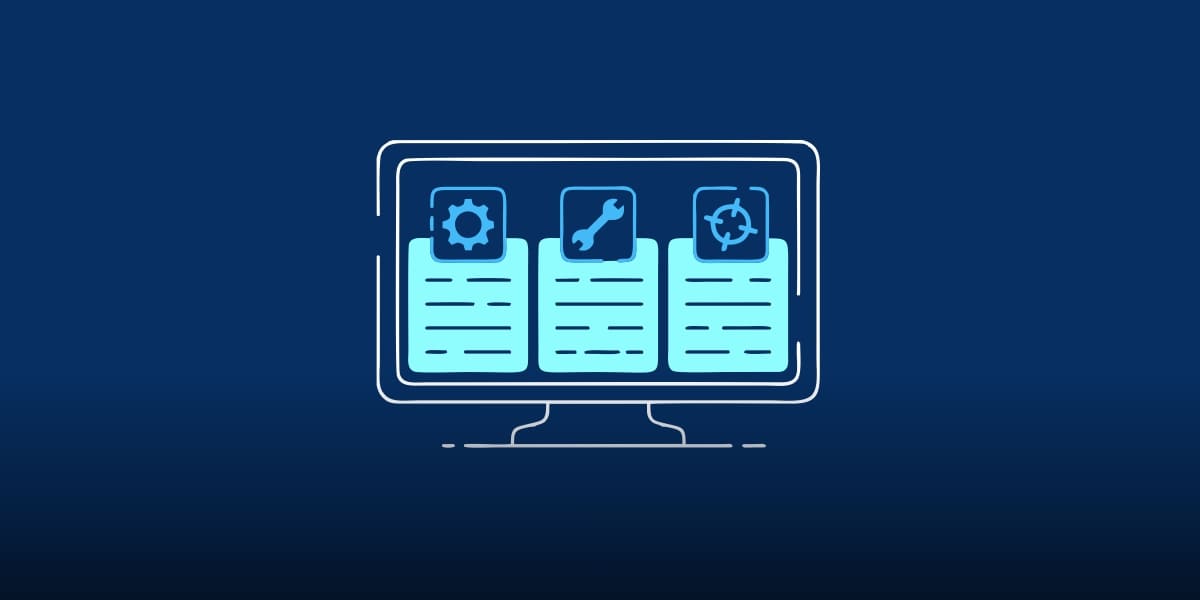
Think of a service like online shopping or cloud storage. These businesses would rely on different software that is located in different geographical regions. A legacy monitoring tool may not be able to pull its weight and monitor this complex route of operations that essentially serves as the backbone of the whole organization.
Some legacy infrastructure monitoring tools are just not built for the web. They don’t even provide the actionable metrics teams need to gauge the web performance. They may be providing log data and reporting alerts, but digging through log data to find aberrations is hectic.
Solution: A modern, flexible, and scalable monitoring tool is the answer to this common issue. Organizations need to re-evaluate their priorities and put the money where the mouth is if they actually want to improve efficiency and avoid potential technological pitfalls.
3. Rising Costs
For many companies, rising infrastructure costs are a big issue too. In some organizations, monitoring infrastructure is also equated with saving costs. For instance, how to improve the efficiency of different systems and bring the costs down.
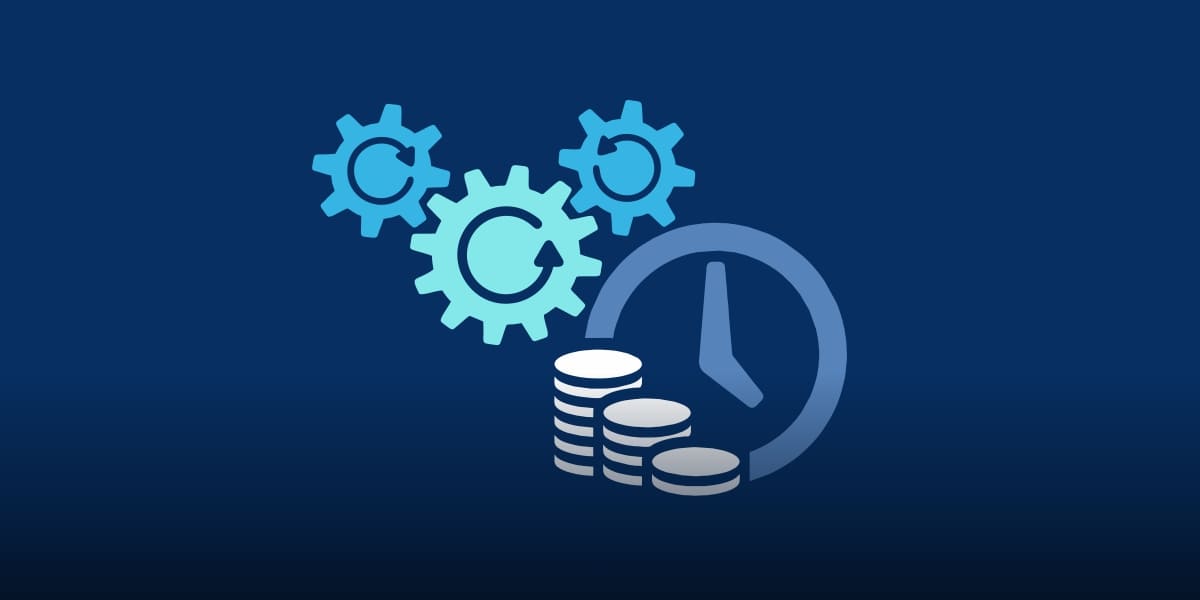
Similarly, detecting a problem early on and resolving it before it gets big can save a business from the potential financial hit. If the servers are down, the enterprise loses productivity and revenue. All of this boils down to monitoring and money.
Slow and inadequate monitoring would be ineffective and eventually result in higher costs either through loss or repairs to IT infrastructure. This problem is not so much a monitoring issue as such. But monitoring tools should help point out infrastructure problems that are leaking cash.
Solution: Many companies are going for serverless computing to save costs. What is serverless computing? It’s basically a pay-as-you-use service, which provides easy scalability and flexibility. It eliminates provisioning and management, hence, replacing it with dynamic assigning of resources as and when needed. This technology also has implications for monitoring.
4. Data Limits
Monitoring tools that have a centralized nature and a one-size-fits-all approach to architecture often fail to process, compile, and analyze big data. With ever-growing infrastructure, the data also grows bigger and bigger. But if monitoring tools can only handle a definitive amount of data, it creates a bottleneck, which eventually doesn’t provide correct performance reports.
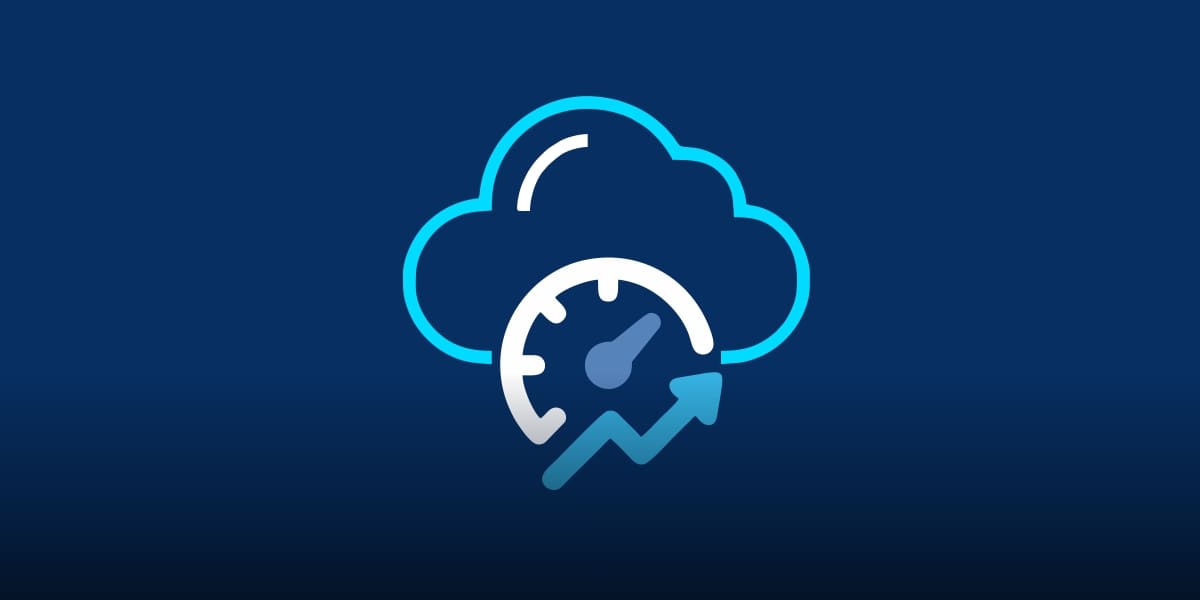
Another data-related issue with infrastructure monitoring tools is that many use rough sample data. If you’re relying on batch data instead of a constant stream, you may not detect problems immediately. You’re basically hoping that the problem, if it exists, shows in the subset of data you have received.
Most networks today are software-defined that need to evaluate data in real-time to detect any lags or problems. Data samples just won’t cut it in the dynamic tech ecosystem that exists in today’s enterprises.
Solution: Use a monitoring software that’s API extensible. Modern tech trends like cloud-based computing, virtualization, and the Internet of Things (IoT) demand almost automatic infrastructure changes to deal with problems.
Conclusion
Infrastructure monitoring will continue to evolve, which means you need monitoring tools that can adapt to those changes. While these challenges are common, they are not the only ones out there. What you need is a monitoring solution designed to tackle existing challenges head-on and have the flexibility to tackle future issues.
VirtualMetric is an all-in-one monitoring tool that enterprises can use to improve performance by tackling different aspects and parts of the IT infrastructure. From server monitoring to inventory reporting, it makes it easy to manage different monitoring needs by removing unnecessary complexities and providing a single dynamic console. It uses the latest technologies in the monitoring software space and adapting as enterprises grow.

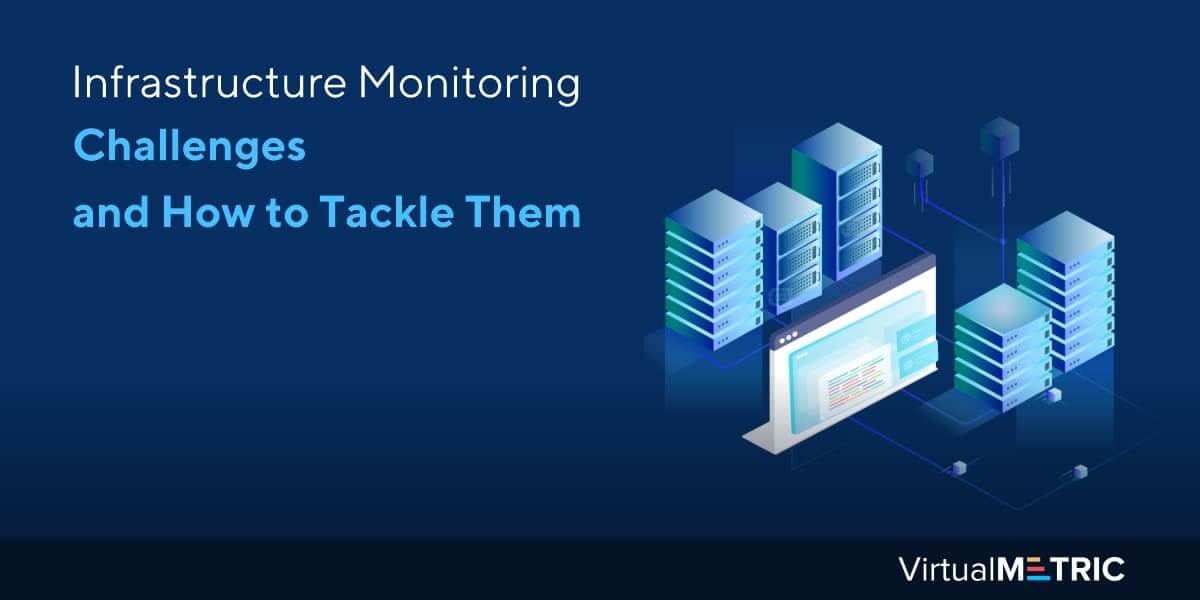
Leave a Reply